Introduction
Most businesses exist to make money. They do this by producing and selling products and services. However, to actually produce and sell those products and services, many activities are performed in the background.
Organisations rely on a wide range of technology systems to perform these activities. Each department uses different IT systems to help them perform their tasks efficiently and accurately and to help the business achieve its aims.
In this lesson, we’ll learn about:
- Understanding the purpose of different types of organisations
- Understanding the key areas of organisations and how IT is used to support them

The Purpose of Organisations
Organisations serve different purposes in various sectors of the economy.
Broadly speaking, organisations can be categorised as:
- Those that provide services, or
- Those that provide products.
Let’s look at each of these in more detail.

Service Providing Organisations
These are businesses that offer intangible (non-physical) items to their customers. Examples of service-providing organisations include consulting firms, hospitals, law firms, and banks.
The main purpose of these organisations is to provide a service to their customers, such as advice, medical treatment, legal representation, or financial services.
These organisations typically focus on customer satisfaction and quality of service, as the value they provide is intangible and cannot be replicated.
Service-providing organisations often rely on word of mouth and reputation to attract and retain new customers.
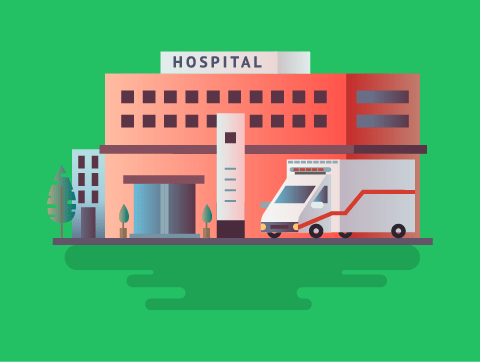
Service Providing Organisations
Some examples of sectors and the services they offer include:
Hospitality
This sector provides hotels, restaurants, and theme parks.
Finance
This sector provides banking, financial advice, credit checking, and loans.
Education
This sector provides schools, universities, and online learning.
Healthcare
This sector produces doctors, hospitals, dentists, and opticians.
Personal Care
The sector provides hairdressers, masseurs, and manicurists.

Product Providing Organisations
These offer tangible goods to their customers. Examples of product-providing organisations include manufacturing companies, retail stores, and e-commerce websites.
The main purpose of these organisations is to produce and sell products that meet their customers’ needs and wants.
Product-providing organisations focus on producing high-quality products at competitive prices.
They often rely on marketing and branding to differentiate their products from those of their competitors and attract customers.

Product Providing Organisations
Some examples of sectors and the products they offer include:
Manufacturing
This sector makes vehicles, tools, and clothing.
Construction
This sector produces homes, offices, and bridges.
Entertainment
This sector makes movies, TV shows, and other types of videos.
Publishing
This sector makes books, magazines, and posters.
Retail
This sector sells goods like clothing, groceries, electronics or furniture.

Organisation Areas & Their IT systems
Organisations can be divided into various key areas, each of which plays an important role in the success of the company.
Common areas include:
- Human resources
- Research, Design & Development
- Logistics
- Marketing
- Finance
- Management
Let’s look at each of these areas and how IT plays a crucial role in supporting them, improving efficiency and productivity, and enabling organisations to stay competitive.
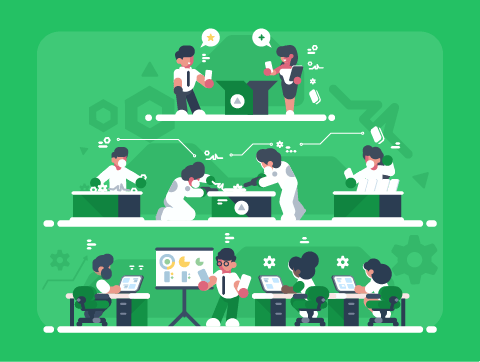
Human Resources
This department is responsible for managing an organisation’s employees, including recruitment, compensation, benefits, and training.
IT systems can be used to automate and streamline HR processes, such as employee recruitment, onboarding, training, performance evaluation, and compensation management.
Additionally, IT systems can provide HR departments with access to employee information, benefits administration, and payroll systems.
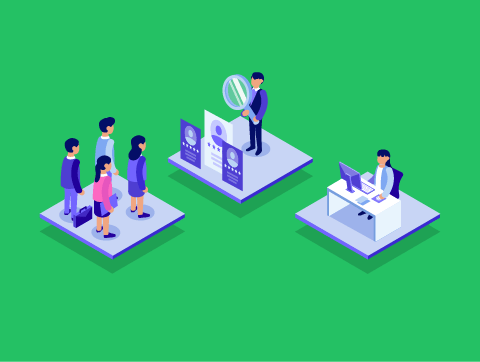
Research, Design, and Development
This department is responsible for conducting research, developing new ideas and technologies, and finding ways to improve existing products and processes within an organisation.
IT systems can be used to manage product development processes, track project progress, and collaborate with team members.
Additionally, IT systems can provide access to data and information, which can be used to inform decisions and drive innovation.
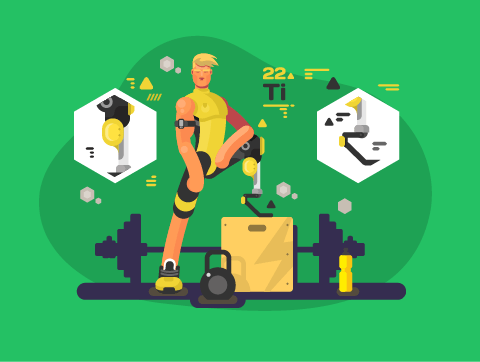
Logistics
This is the department responsible for making sure that the product ordered actually gets to the customer.
IT systems can be used to track shipments, manage warehouses, and coordinate transportation.
Additionally, IT systems can provide real-time information about the status of deliveries, helping organisations to respond quickly to changes and improve their overall operations.
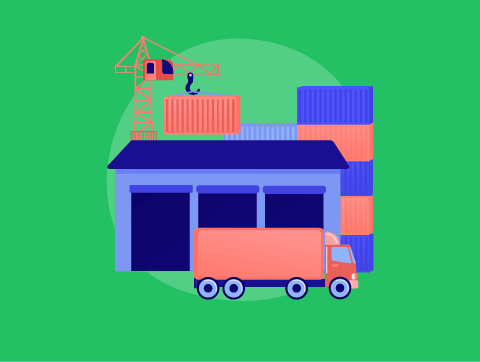
Marketing
This is the business area responsible for making the product, service, or business itself visible to the public.
IT systems can gather and analyse data on consumer behaviour, track marketing campaigns, and manage customer relationships.
Additionally, IT systems can provide organisations with access to digital marketing tools, such as social media and email marketing, which can help organisations reach a wider audience and improve their marketing efforts.

Finance
This is the department responsible for handling everything related to the money a business makes and spends.
IT enables organisations to manage their financial operations efficiently. IT systems can automate financial processes such as invoicing, accounts payable, and accounts receivable.
Additionally, IT systems can provide access to financial data, which can be used to inform decision-making and ensure compliance with financial regulations.

Management
This department will be responsible for the day-to-day running of the business.
IT supports management by providing access to data and information, which can inform decision-making and improve organisational performance.
IT systems can also be used to track key performance indicators, manage projects, and monitor operations.
Additionally, IT systems can provide organisations with access to collaboration tools, which can improve communication and teamwork.

Lesson Summary
Service-providing organisations offer intangible (non-physical) items to their customers.
Product-providing organisations offer tangible goods to their customers.
Organisations can be divided into various key areas, such as HR, RD&D, Logistics, Marketing, Finance & Management.
Information Technology plays a crucial role in supporting these areas, improving efficiency and productivity, and enabling organisations to stay competitive.
